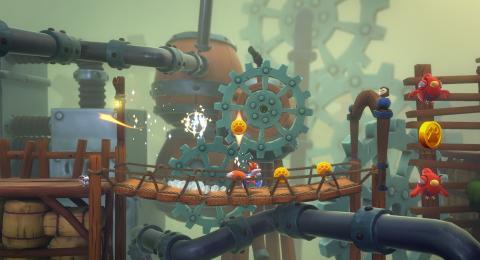
If you live in a Google fibre area, then chances are you laugh at your friends' broadband speeds. While some parts of the country still languish in single digit Megabit connection areas, you're downloading at 300Mbps and have practically forgotten having to wait for anything to download, regardless of size. But remember, as big a kid as you are, there's always one bigger.
Over in Denmark, a team of researchers from have managed to break the data transfer world record, by showing that it's possible to send as much as 43 terabits of data per second, with a laser transmitter.
This is the same team that has previously broken the combined data transfer record too, pushing multiple laser connections to transfer over a pedabyte of data a second. In this instance only one laser was used, in conjunction with a new type of fibre optics borrowed from the Japanese telematic company NTT. In standard fibre cables, a single core is present, but in this version - despite it not being any larger or heavier - there are seven, giving it higher efficiency and better bandwidth.
This is obviously many, many times faster than any current fibre optic speeds and is far beyond the data speeds of your average consumer, but for corporations that need to move masses of data around, especially those involved in infrastructure, it's an exciting concept. The amount of data being sent around the world is predicted to increase by almost half year on year, so keeping ahead of that mountain of data is an ongoing battle for researchers.
This latest record still needs to be verified, but if confirmed, it will pave the way for much faster internet for all of us in the future.








